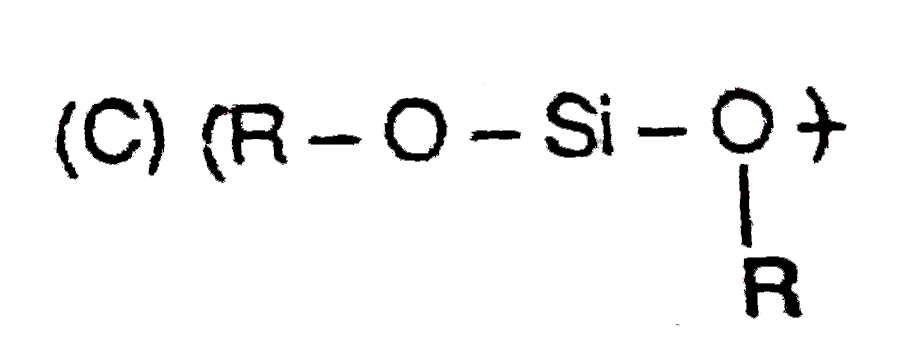Silicon is
semi-conductor
conductor
Insulator
None of these
The correct Answer is:A
Step-by-Step Solution:
1. Understanding the Question: The question asks to identify what silicon is among the options: semiconductor, conductor, insulator, or anode.
2. Defining Terms:
- Conductor: A material that allows electricity to flow freely due to the presence of free electrons.
- Insulator: A material that does not allow electricity to flow because it lacks free electrons.
- Semiconductor: A material that has conductivity between that of a conductor and an insulator. It does not conduct electricity well at low temperatures but can conduct electricity at higher temperatures.
- Anode: An electrode through which current flows into a polarized electrical device.
3. Properties of Silicon:
- Silicon has an atomic number of 14 and an electronic configuration of (Ne) 3s² 3p².
- It has four valence electrons, which allows it to form covalent bonds with other silicon atoms.
4. Behavior of Silicon:
- At low temperatures, silicon behaves like an insulator because it does not have enough energy to allow electrons to move freely.
- As the temperature increases, silicon can conduct electricity better because the added thermal energy allows some electrons to jump into the conduction band, creating free charge carriers.
5. Conclusion: Based on its properties and behavior, silicon is classified as a semiconductor. Therefore, the correct answer is option number 1: semiconductor.
- Conductor: A material that allows electricity to flow freely due to the presence of free electrons.
- Insulator: A material that does not allow electricity to flow because it lacks free electrons.
- Semiconductor: A material that has conductivity between that of a conductor and an insulator. It does not conduct electricity well at low temperatures but can conduct electricity at higher temperatures.
- Anode: An electrode through which current flows into a polarized electrical device.
- Silicon has an atomic number of 14 and an electronic configuration of (Ne) 3s² 3p².
- It has four valence electrons, which allows it to form covalent bonds with other silicon atoms.
- At low temperatures, silicon behaves like an insulator because it does not have enough energy to allow electrons to move freely.
- As the temperature increases, silicon can conduct electricity better because the added thermal energy allows some electrons to jump into the conduction band, creating free charge carriers.
Topper's Solved these Questions
- MODEL SOLVED PAPER 2017Book:ARIHANT PUBLICATION JHARKHANDChapter:MODEL SOLVED PAPER 2017Exercise:SECTION III : MATHEMATICS
Explore 50 Videos
- MODEL SOLVED PAPER 2017Book:ARIHANT PUBLICATION JHARKHANDChapter:MODEL SOLVED PAPER 2017Exercise:SECTION III : MATHEMATICS
Explore 50 Videos
- MODEL SOLVED PAPERBook:ARIHANT PUBLICATION JHARKHANDChapter:MODEL SOLVED PAPERExercise:SECTION-II : CHEMISTRY
Explore 50 Videos
- MODEL SOLVED PAPER 2016Book:ARIHANT PUBLICATION JHARKHANDChapter:MODEL SOLVED PAPER 2016Exercise:SECTION B CHEMISTRY
Explore 50 Videos
Similar Questions
Knowledge Check
The repeating structural units in silicone is :
A BSiO2C
BSiO2C D
D
The correct statement about silicone is
AThey are ketones with silyl group (SiH3) similar to alkyl, (SiH3)2COBThey are synthetic polymer containing repeated R2SiO2 unitsCThey are formed by hydrolysis of R2SiCl2DAll of the aboveThe repeating structural unit of silicone is
ASiO2B−R∣SilR−O−CR∣O−Si∣R−O−D−∣S∣R−O−O−R
Silicones are
View SolutionSilicones are
View SolutionSilicon has a strong tendency to form polymers like silicones. The chain length of silicone polymer can be controlled by adding
View SolutionSilicon has a strong tendency to form polymers like silicones, the chain length of silicone polymer can be cntrolled by adding
View SolutionSilicon has a strong tendency to form polymers like silicones, the chain length of silicone polymer can be cntrolled by adding
View Solution

